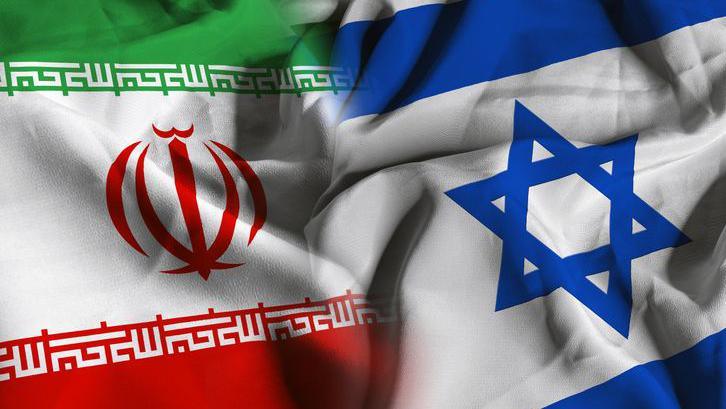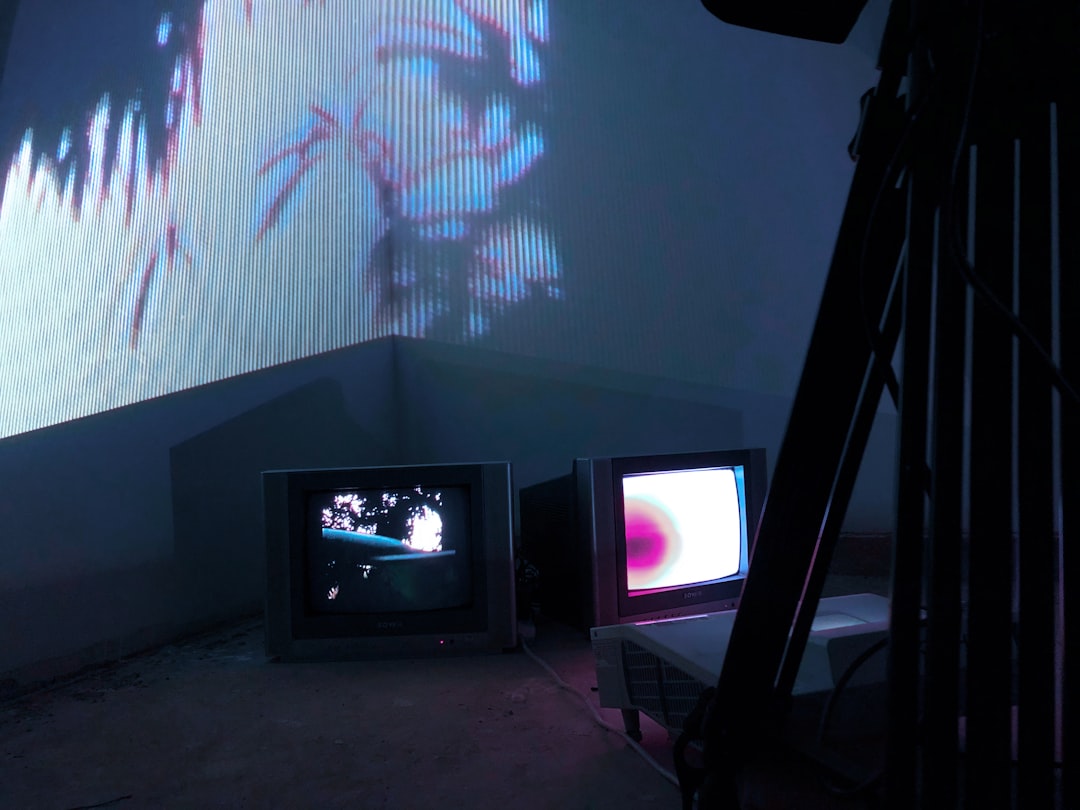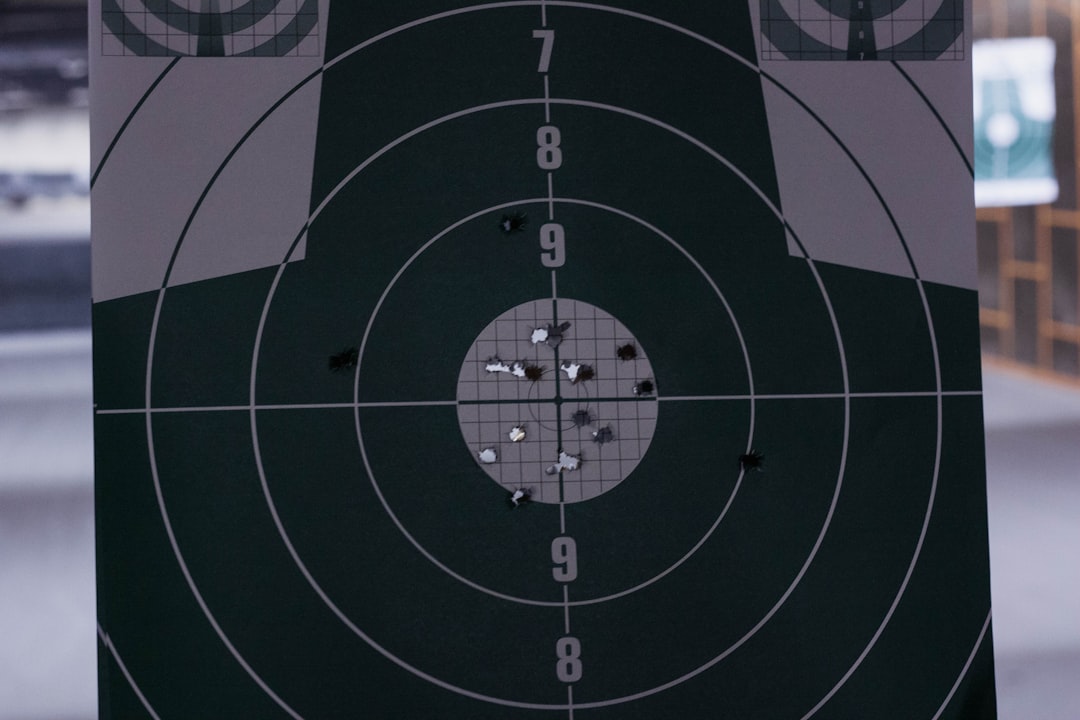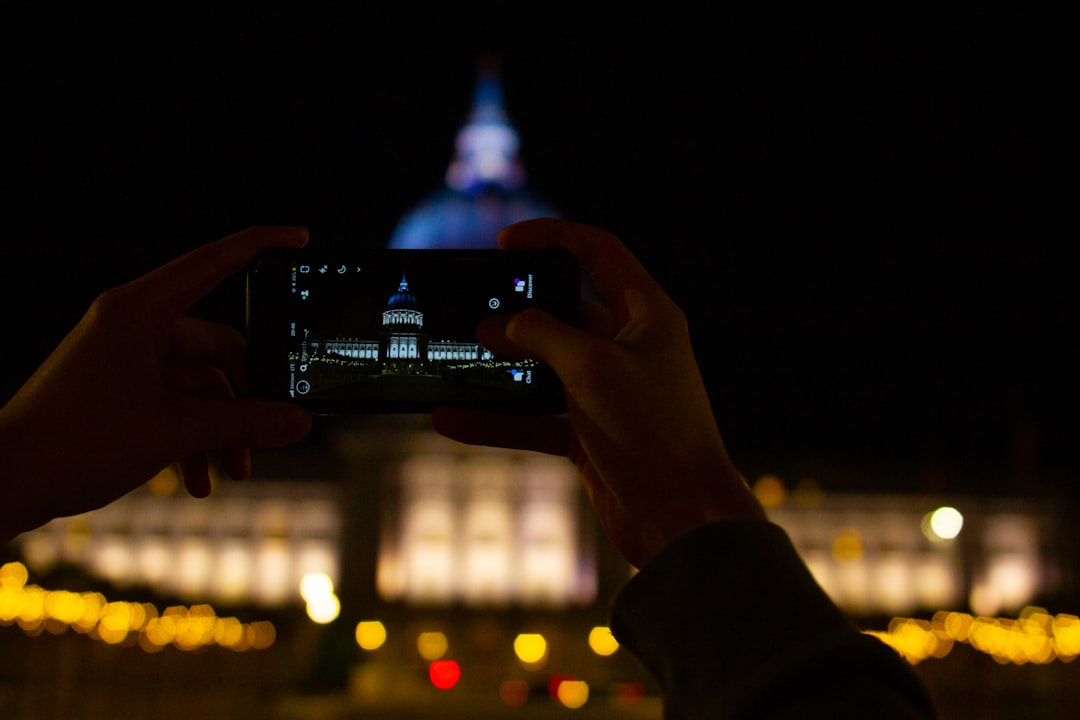National News
The Anatomy of a Lie: How Iran's Nuclear Deception Has Finally Unraveled
The Western Staff

For years, the international community has been locked in a tedious and circular debate over Iran's nuclear ambitions. At the center of this debate has been a single, fragile narrative spun by the clerical regime in Tehran: that its escalating uranium enrichment program is intended for purely “peaceful purposes.” This claim, always suspect, has served as the diplomatic veil behind which the regime has played for time, sowed division, and relentlessly advanced its true agenda. Today, that veil has not merely been lifted; it has been shredded by the regime’s own hands, revealing a strategic architecture of deceit so blatant and profound that to ignore it is to be complicit in its consequences.
A cascade of recent revelations has exposed the “peaceful purposes” argument as an intellectually bankrupt fraud. A closer examination of the facts, stripped of diplomatic niceties, reveals not a nation pursuing energy independence, but a rogue state executing a deliberate, multi-pronged strategy to achieve a horrifying goal: an invulnerable nuclear weapons capability. Let us dissect the anatomy of this lie.
The 400-Kilogram Shell Game
The most damning piece of evidence is a masterclass in duplicity. Even as Iran's diplomats offer placid assurances at the United Nations, signaling a supposed willingness to negotiate away its enriched uranium stockpile, a far more sinister reality has emerged. A catastrophic intelligence failure—or perhaps a moment of calculated leaking—has confirmed that approximately 400 kilograms of its 60% enriched uranium is simply “unaccounted for.”
Let there be no ambiguity about what this means. A former top official at the International Atomic Energy Agency (IAEA) confirms this quantity, if enriched just a little further, is sufficient material for ten nuclear weapons. This is not a clerical error or a rounding mistake. It is a deliberate strategy of deception. The regime is performing a classic shell game on a global scale: drawing the world’s attention to a declared, negotiable pile of uranium, while a secret, weaponizable stockpile—the real prize—is hidden from view. Any diplomatic engagement under these terms is a farce, a tactic designed not for peace, but to delay and deceive while the final components of a bomb are put into place. They are negotiating over the contents of the shop window while building a weapons factory in the basement.
The Fortress of Deceit and the Paper Tiger Shell
For those who still clung to the hope of a military solution, a chilling admission from the United States military has extinguished it. The Pentagon has now conceded that its most powerful conventional weapon, the “bunker-buster” bomb, is incapable of reaching the nuclear facility at Isfahan. This site, buried deep beneath a mountain, houses nearly 60% of Iran’s enriched uranium. The core of the threat is, for all intents and purposes, invulnerable to conventional attack.
This fact must be viewed in parallel with another: the pathetic performance of Iran’s conventional air defenses, which were shown to be a “paper tiger,” easily penetrated during recent hostilities. The juxtaposition is revealing. The regime has knowingly allowed its conventional military shield to atrophy while pouring its resources into hardening a single, untouchable asset. This is not the strategy of a nation-state building a well-rounded defense. It is the strategy of a cornered ideologue investing everything in a single, apocalyptic insurance policy. They have forsaken the ability to properly defend their skies in exchange for the ability to threaten the world from an impregnable bunker. Their power projection is not based on planes or tanks, but on the terrifying potential for nuclear blackmail.
A Funeral for a Lie: The Public Wedding of Military and Atom
Perhaps the most grotesque and revealing moment in this entire saga was an act of public theater orchestrated by the regime itself. In a massive state funeral, Iran chose to jointly mourn its top military commanders—including the Chief of Staff of the armed forces and the head of the Islamic Revolutionary Guard Corps (IRGC)—side-by-side with its top nuclear scientists.
In one fell swoop, with hundreds of thousands of people as witnesses, the regime took its foundational lie—that the nuclear program is separate from its military ambitions—and ceremoniously buried it. This was no subtle hint; it was a brazen public declaration. The imagery irrefutably weds the highest echelons of Iran’s military command structure to the individuals enriching uranium. The message, intended for both domestic and international consumption, is clear: the scientist’s lab and the general’s command center are one and the same. They have destroyed their own narrative, providing the world with photographic proof that the program’s ultimate purpose is to arm its most aggressive military fanatics.
The Cacophony of a Failing State
Underpinning this strategic collapse is a collapse of basic competence and credibility. The regime’s leadership is no longer just mendacious; it is visibly fractured and incoherent. Supreme Leader Ali Khamenei took to the airwaves to declare “victory” and claim minimal damage from recent strikes, a statement of bravado meant to project strength. Yet, almost simultaneously, his own Foreign Minister, Abbas Araghchi, was publicly admitting to “excessive and serious” damage.
This disunity is not a sign of healthy debate. It is the death rattle of a unified command structure. The spectacle of a regime whose senior leaders cannot even coordinate their lies for a single news cycle has invited open mockery from world leaders, who now portray the Iranian government as not only dishonest but laughably inept. This internal contradiction paints a picture of a weak, fractured, and panicked elite, lashing out with contradictory statements as their carefully constructed world of deception crumbles around them.
The debate over Iran's intentions is over. The regime has ended it for us. Through its hidden stockpiles, its hardened bunkers, its public ceremonies, and its chaotic messaging, it has confessed. It has demonstrated a clear, unwavering, and now-invulnerable commitment to acquiring nuclear weapons to secure its radical ideology. To continue to engage with the fantasy of “peaceful purposes” is not diplomacy; it is willful blindness. The world must now confront the reality that Iran has created: a duplicitous, ideologically-driven state, immune to conventional military threat, is on the precipice of obtaining the bomb. The only question is what we will do about it.


